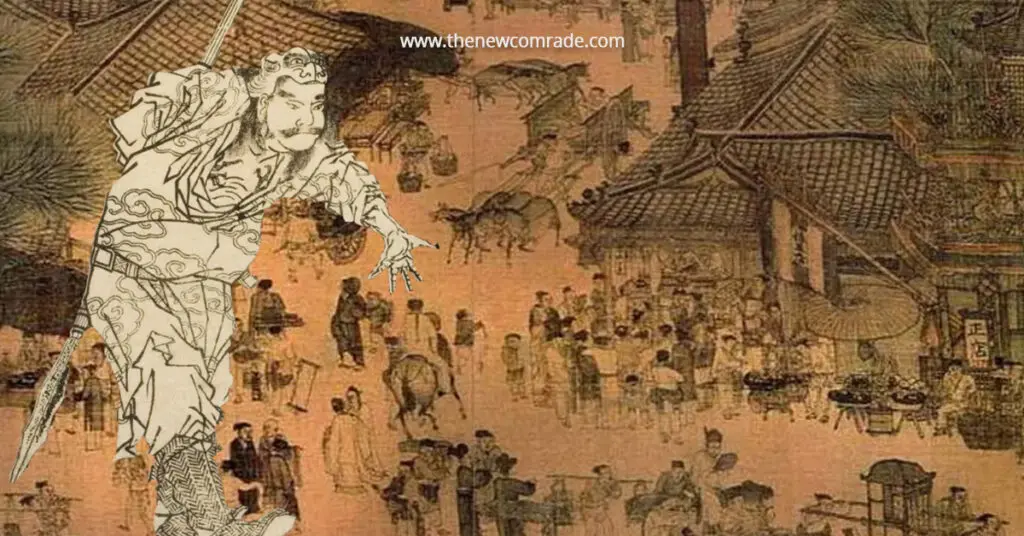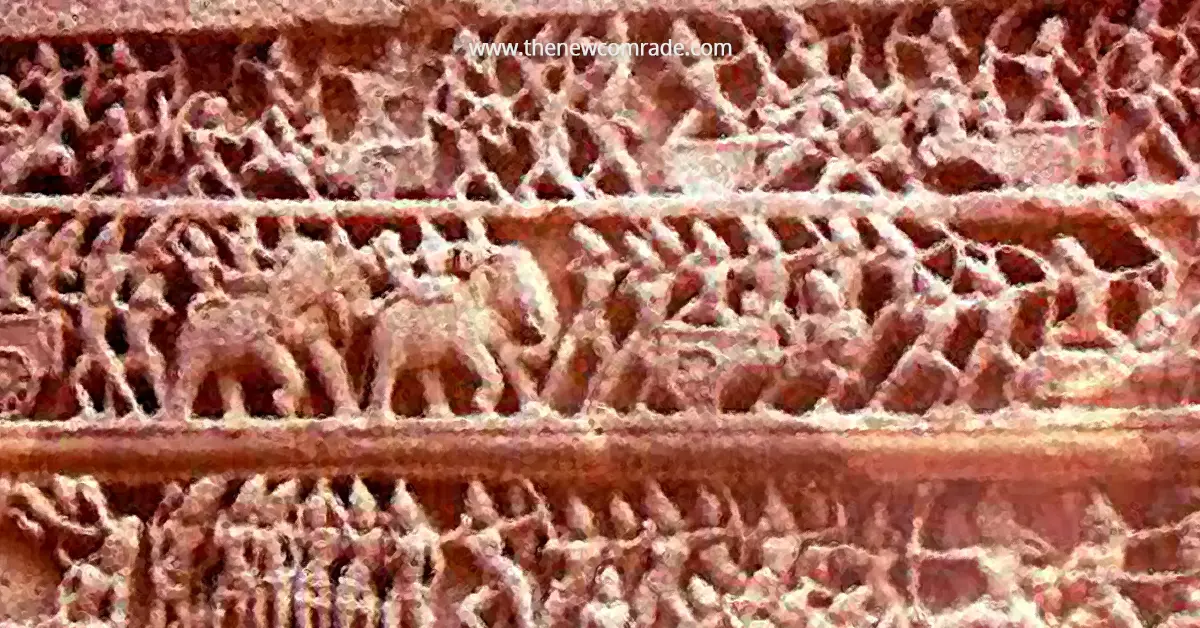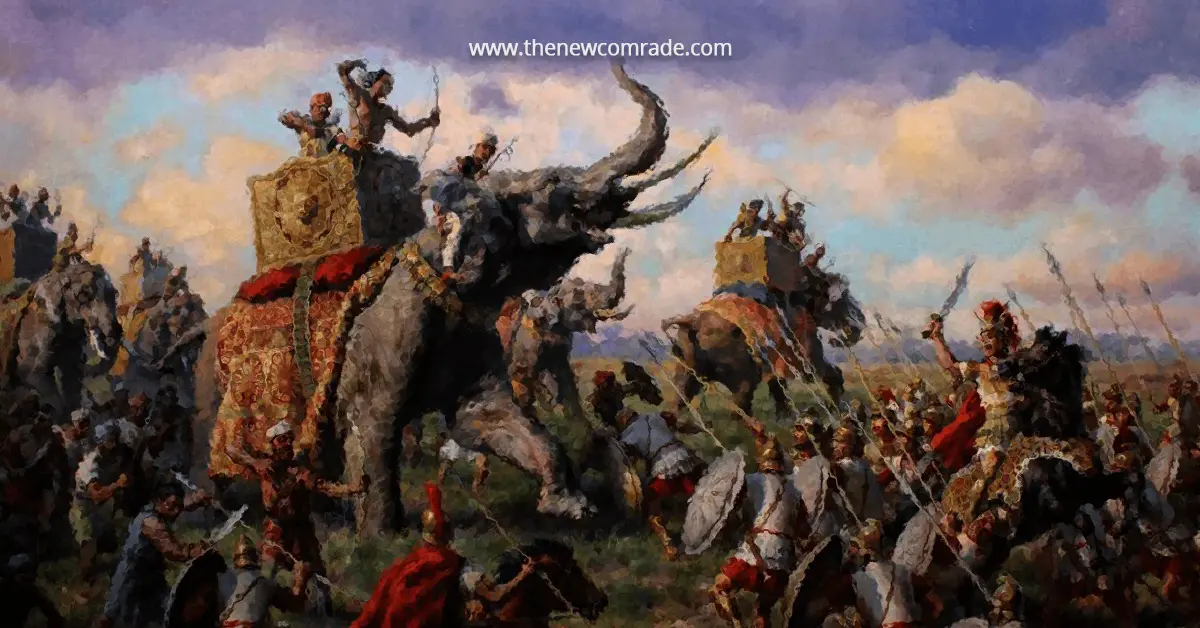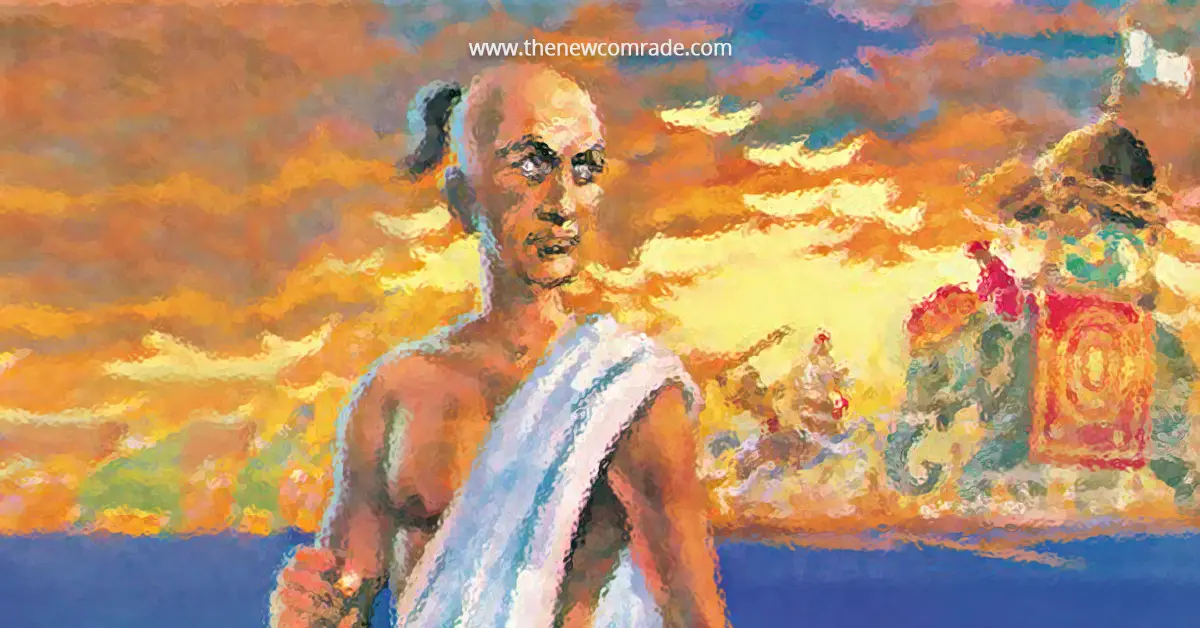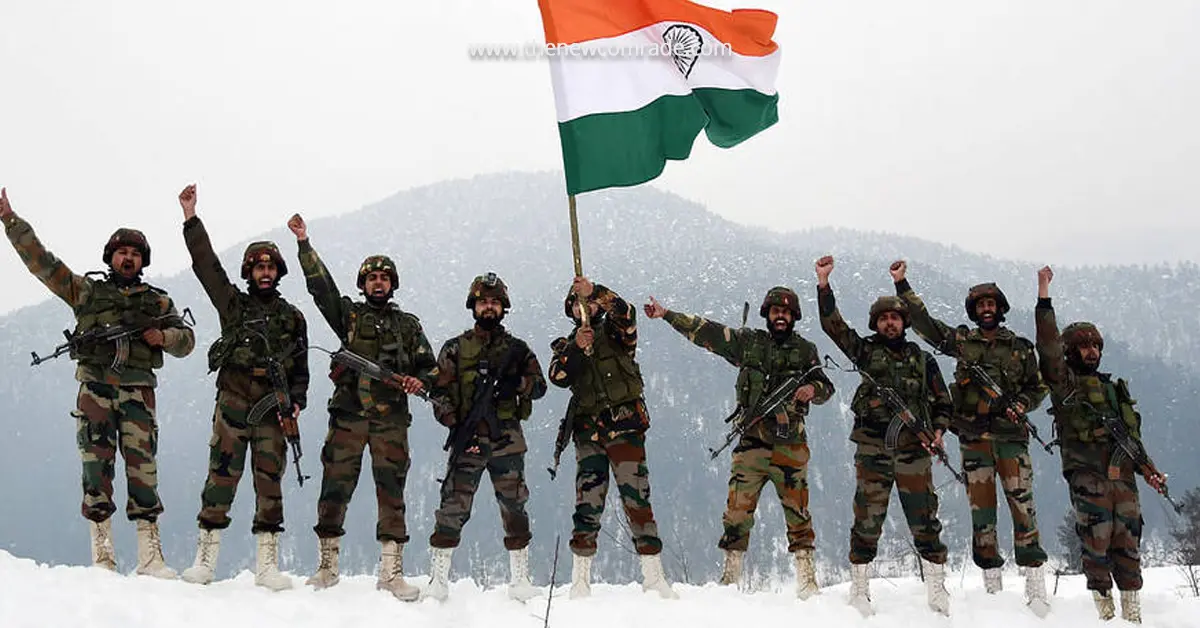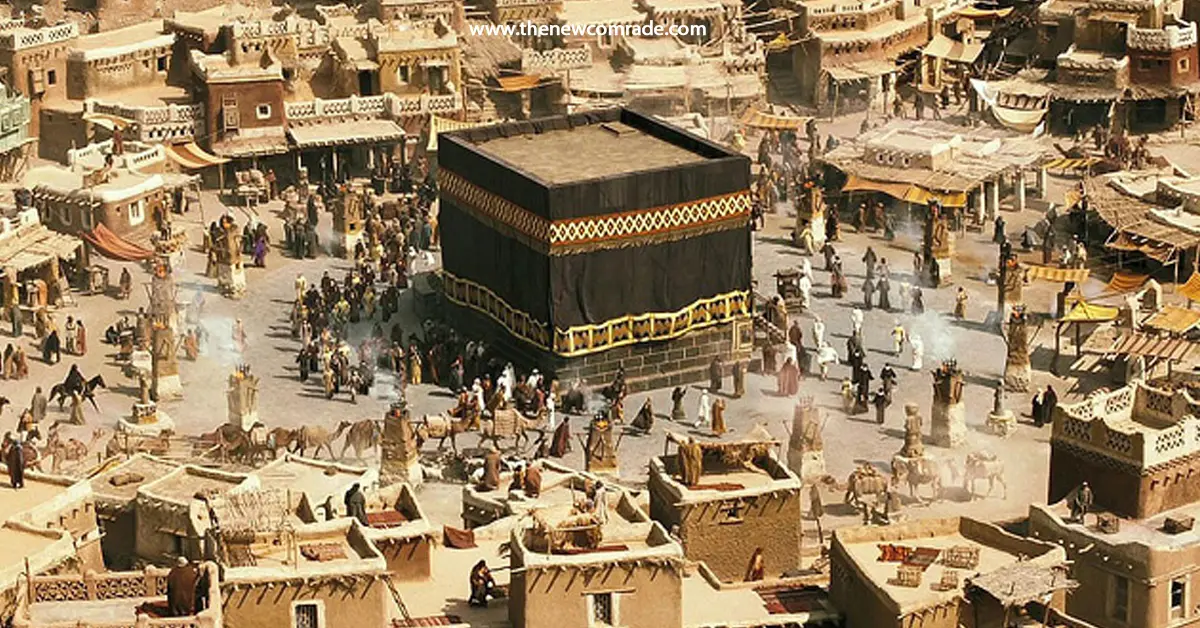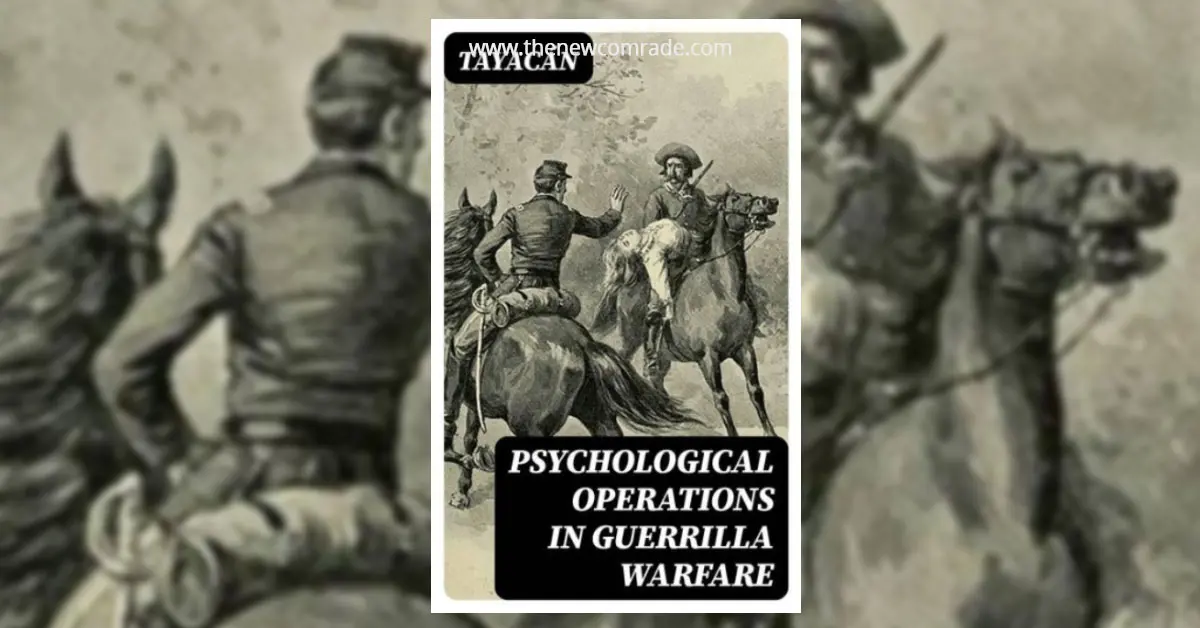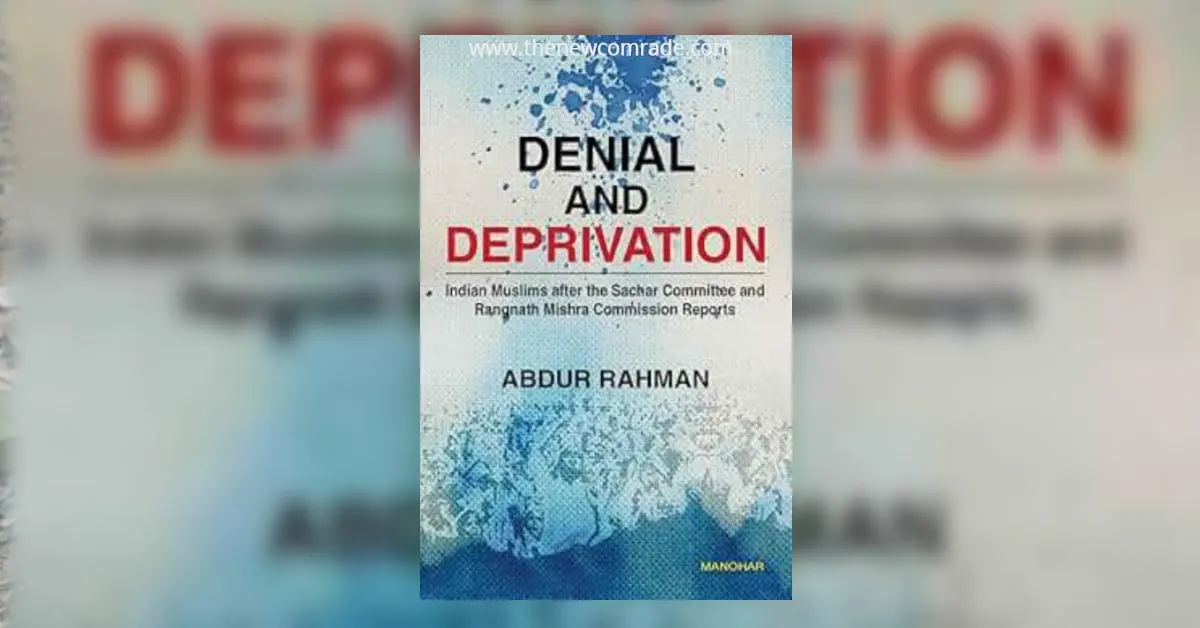Kautilya’s arthasastra and Ancient Chinese Philosophy: A Comparative Analysis
The Chinese tradition was characterized to a great extent by Legalism, which is a long-term policy for preserving and conserving the state. Legalist classics note that human beings are naturally self-seeking, so the wise ruler should use liberal rewards and stringent punishments in order to motivate the people to serve the state.187 The Book of Lord Shang was composed by Shang Yang (390/59–338 BCE), the minister of Chin ruler Duke Hsiao. This political handbook of the Legalist School (Fa-chia) rejected the Confucian moral standard of jen, the Taoist natural standard of tao (the way) and the Moist (Mohist) religious standard of t’ien-ming, and stressed instead the importance of power and law in political life. Lord Shang writes that an intelligent ruler depends on force and not on virtue.188 Shang Yang, somewhat like Machiavelli, states that virtue will not triumph over vice.189 To achieve shih, Shang Yang and his Legalist successors advocate generous material rewards and harsh punishments to guide individual energies into the people’s collective strength, concentrated in the ruler as shih. 190
Taoism is found in Lao Tzu’s teachings (sixth century BCE), Tao-Te Ching (The Way and the Power), later refined by Chuang Tzu (369–286 BCE). The Taoists observed nature to discover the way, the tao. People achieve happiness when they follow nature’s way by acting spontaneously and trusting intuitive knowledge. The Taoist term wu-wei (non-action or non-competing) does not mean doing nothing but implies refraining from activity contrary to tao. The ruler’s tao is ruling, inspiring and indulgent benevolence, and the people’s tao is comprised of following, loyalty and filial piety. The dominant pattern within the tao is the cycle: expansion and contraction, victory and defeat. The cyclic reversal pattern in the tao’s eternal motion is reflected in the eternal pairing and interplay between yin and yang. The yang after reaching its climax retreats in favour of the yin and vice versa. From the eternal pairing of opposites, the Taoists deduce that the best path to anything lies through its opposite – the indirect approach. For the Taoists, the best security for anything lies in preserving its opposite: deception.191
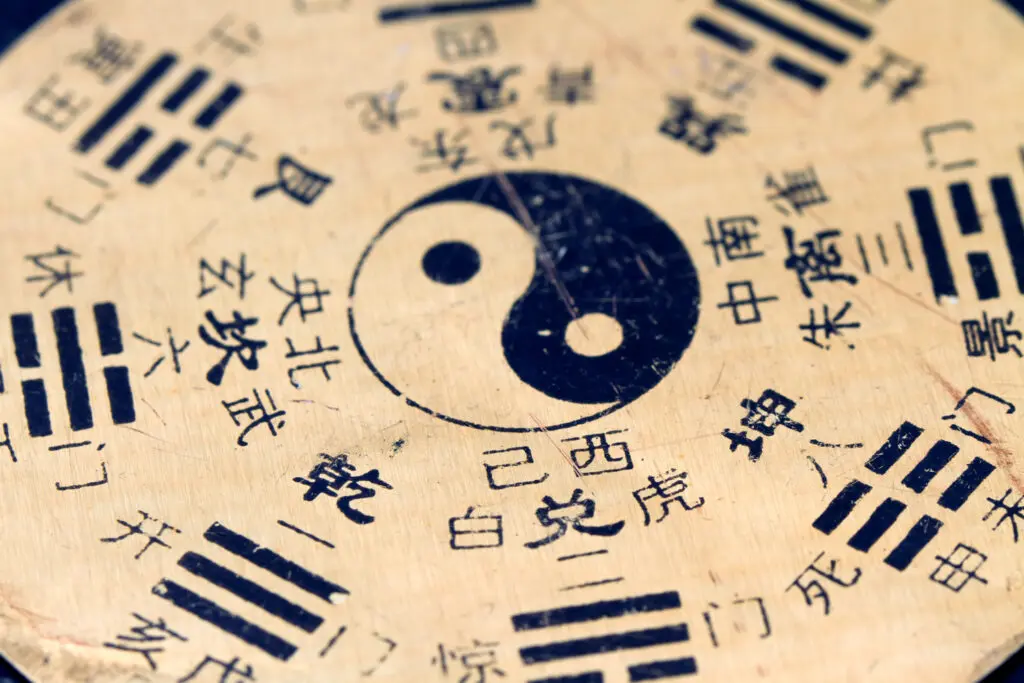
Sun Tzu’s (541–481/2 BCE) thought absorbed the Taoist canon of the universal harmony of all under heaven. To avoid releasing the chaos, destruction and death that accompany war, leaders have to follow the tao: the universal principles of all things – the one way. Beyond its philosophical meanings, tao expressed the idea of path or road, not only in a physical sense but also as a moral/ethical notion of the right or the proper way. Sun Tzu urges the ruler to use economic wealth, social power and politics as alternatives to war.192 Sun Tzu attempts to win victory through diplomatic coercion, thwarting the enemy’s plan and alliances, rather than by armed combat. Even in the last resort when armed combat becomes absolutely necessary, then also the objective should still be minimum risk and exposure, limiting as far as possible the destruction to be inflicted and suffered, fighting with the aim of preservation.193 In contrast to the Clausewitzian policy of death and destruction, Sun Tzu claims that it is better to subjugate the enemy without fighting than to destroy him.194 Sun Tzu’s emphasis on the use of force as a last resort reflects a Confucian influence.195 According to Confucian thought, the ruler could attract support and foster stability by implementing benevolent policies.196 Sun Tzu and Lao Tzu warn of the danger of overusing the army by pointing out the social and economic costs of warfare.197 Coercive force, in Sun Tzu’s paradigm, comprises a full panoply of persuasive relationships, from threats, inducements, bribes and gifts to unrestricted violence and brutal destruction. The art and science of using coercive force (equivalent to the Hindu philosophers’ dandaniti) to persuade an enemy without fighting, instead of applying direct force to destroy and defeat the enemy, comprises the shih strategy.198
William H. Mott IV and Jae Chang Kim write that from positions of weakness, the Chinese generals developed strategies, campaign plans, operational concepts and tactics designed to win wars without the need for decisive victory in every battle. Their motto is to win without fighting. The two opposing concepts in Chinese strategic thought are shih and li. Li means self-interest or material gain. For li strategists every battle is decisive, but for shih strategists some battles are irrelevant. While li strategists attempt to ensure local combat superiority, shih strategists try to confuse the enemy by combining orthodox and unorthodox measures. The li strategy attempts to win by destruction, while the shih strategy tries to win without fighting. While the li strategy’s objective is destruction of the enemy, the shih strategy’s aim is to subjugate the enemy. For the shih strategists, deception is the essence of military strategy. The shih strategy uses force to bring the people into ultimate harmony and accord with the ruler in tao. Shih strategy prefers to threaten, manipulate and deter the enemy. Shih can cause an enemy to accept compliant terms without fighting.199
Several generations of strategists like Tai Kung (1212? –1073 BCE), Sun Tzu, Wu Tzu (541? –482? BCE), Sun Pin/Sun Bin/Sun Tzu II (380– 316 BCE), and Wei Lao Tzu (ca. 318 BCE) developed and taught shih as a coherent body of thought. The Legalists assume that the object of every ruler is to become a hegemon – that is, the ruler of all of China – and that the interests of the people are incidental to this process.200 In Sun Tzu’s The Art of War, the shih is the dynamic power that emerges through a combination of men’s hearts, military weapons and natural conditions. The shih strategy includes three dimensions of warfare: the people, the context and the enemy. It somewhat differs from Clausewitz’s trinity of government, army and people.201 Shih strategy concentrates the power of the people in the soldiers and their weapons. The enemy’s power lies in the relative skill, competence and will of the opposing force. Since men and their hearts are critical to shih strategy, the commanders and the rulers need to know how to mobilize them. A ruler’s adherence to the tao (the right way) brings the people into accord with the ruler in internal harmony. Without tao, even the best rulers and commanders could not rely on shih. Sun Tzu’s prescription for creating shih is to achieve tao, the state in which all people are in full accord with the ruler; in such a polity the people will die for the ruler. To sum up, shih strategy by defeating the enemy’s intent rather than using force and by building up strength by harmoniously combining the people, the ruler and the army, provides victory.202 The five indicators of relative power in Sun Tzu’s paradigm are the degree of harmony between the ruler and the people, the correctness of the season, the advantages of terrain, the skills of the military commander and the degree of military discipline.203
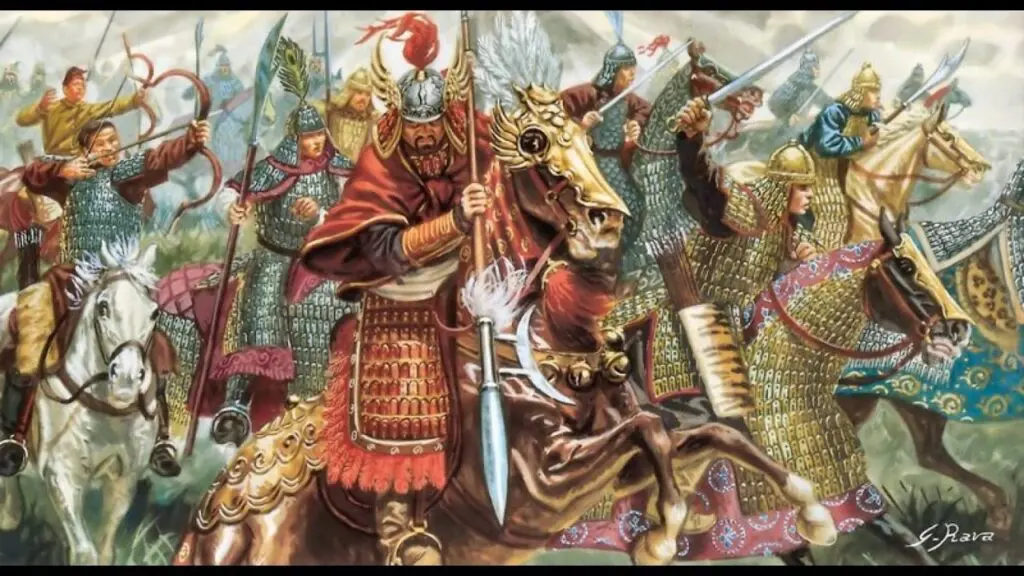
In Clausewitz’s theory, the commitment of the people and their mobilization in waging war are very important.204 Hsing means the employment and deployment of troops. Hsing is the tangible, visible and determinate shape of physical strength. Shih is also comprised of intangible factors like morale, opportunity, timing and psychology. These two concepts are in a way interlinked. Huai Nan Tzu (140? BCE) comes up with two kinds of military shih: the soldiers’ morale and the generals’ skill. Chi shih bestows intrinsic advantage and creates an army’s endogenous shih. Exogenous Ti–shih, the advantage in critical terrain, expands endogenous shih. Sun Tzu’s Confucian-Taoist premise that power resides among the people locates a state’s true strength less in strong forts and powerful weaponry than in the peoples’ morale and the soldiers’ moral stamina.205 Hence, Sun Tzu harps on chi, the spirit or motivation of the troops.206
In Clausewitz’s paradigm, diplomacy and the conduct of warfare constitute two different watertight compartments; for Sun Tzu and Kautilya, however, these two activities fuse to comprise a continuous seamless activity.207 For Sun Tzu and Kautilya, unlike Clausewitz, warfare is inseparable from the broader art of statecraft. The arsenal of the vijigishu, in Kautilya’s format, includes six types of gunas (policies) for dealing with external emergencies: sandhi (alliance), war, neutrality, marching, taking shelter and dvaidhibhava. 208
Unlike Clausewitz’s philosophy which is equivalent to the force-based li strategy, shih strategy considers deception a primary ingredient of military planning.209 In fact, the roots of Clausewitzian strategy can be traced back to classical Greece. The combat philosophy of ancient Greece and its concomitant concept of valour (andreia) were built around the concept of fighting a vernichtungsschlacht (battle of annihilation). This means the immediate application of force in quest for a decisive battle that will destroy the opponent’s ability to fight thereby leading to his immediate capitulation. The strike is to be directed at the opponent’s centre of gravity; it must be overwhelming and should be delivered in a single blow.210 As regards the preferred method of winning, while Clausewitz focuses on decisive battles – that is, maximum concentration of force at the decisive point of engagement – Sun Tzu emphasizes extensive use of deception, psychological warfare and non-violent methods. For Clausewitz, the centre of gravity is the enemy’s army, but for Sun Tzu the centre of gravity is the enemy’s will and the alliance system.211
Sun Tzu and Sun Tzu II are against conducting attritional campaigns even when they are bound to be successful. Sun Tzu’s The Art of War warns against excessive dependence on violence.212 Sun Tzu warns the rulers and statesmen not to depend solely on sheer military power or on numerical superiority.213 Sun Tzu II writes: ‘Those who enjoy militarism, however, will perish; and those who are ambitious for victory will be disgraced. War is not something to enjoy, victory is not to be an object of ambition.’214 Both Kautilya and Sun Tzu urge subjugation rather than destruction of the enemy.215 Sun Tzu II speaks of establishing unity of command in order to avoid friction and giving independence to the commanders.216
Sun Tzu’s famous statement is: ‘Subjugating the enemy’s army without fighting is the true pinnacle of excellence.’217 He elucidates several means to achieve this object. Both Sun Tzu and the ancient Chinese historian Sima Qian advocate underhanded tactics when they can serve as a substitute for bloody battles.218 Sun Tzu writes: ‘Warfare is the Way (Tao) of deception…. Create disorder in their forces and take them.’219 He says that the enemy must be attacked when he is unprepared.220 Sun Tzu II, influenced by Taoism, says that an enemy ten times superior could be defeated by following several stratagems, such as ‘Attack when they are unprepared, act when they least expect it.’221 One technique of deception on the battlefield, for Sun Tzu, is tactical withdrawal. Sun Tzu says that speed is the essence of war.222 As regards information warfare, Sun Tzu says: ‘Thus it is said that one who knows the enemy and knows himself will not be endangered in a hundred engagements.’223 Sun Tzu speaks of expendable spies who spread disinformation in foreign states. He writes that such expendable spies should be given false information for leaking to enemy agents.224 He emphasizes the importance of paying the spies well to prevent them from deserting to the enemy.225 Sun Tzu II says that not using secret agents results in defeat in warfare.226 T’ai Kung discusses the possibility of undermining an enemy ruler by encouraging corruption within his state.227 Around 236 BCE, the Qin armies followed shih strategy. To prevent desperate resistance, the Qin combined military campaigns with bribes, deception and good governance of the conquered territories.228
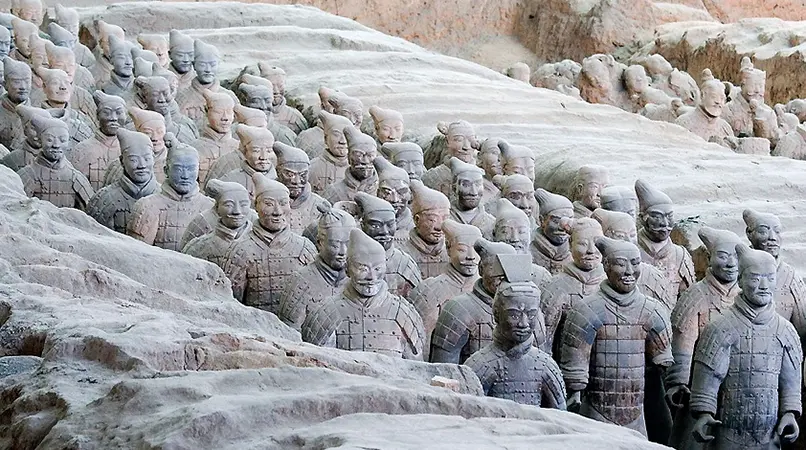
(photo: Keith Marshall, CC BY-NC-SA 2.0)
Kautilya advises that a king should first indulge in mantrayuddha (a battle of wits and diplomatic maneuvering backed by force) before resorting to force.229 Kautilya introduces the concept of yana, which means coercive deterrence, that is, forcing a state to bow down to the vijigishu’s wishes through a display of military assets and valour.230 Kautilya writes about the mission of the envoy: ‘Fight with the weapon of diplomacy, assassination of the enemy’s army chiefs, stirring up the circle of Kings, secret use of weapons, fire and poison … overreaching the enemy by trickery.’231 The secret agents are to implicate the elites of the enemy state, frame them for treason, and to encourage the officers of the enemy state to turn against the ruling authority.232
Kautilya writes about the various types of warfare: ‘Open war is fighting at the place and time indicated; creating fright, sudden assault, striking when there is error or a calamity, giving way and striking in one place, are types of concealed warfare; that which concerns secret practices and instigations through secret agents is the mark of silent war.’233 Silent war and concealed warfare constitute Kautilya’s kutayuddha. Hence, for both Sun Tzu and Kautilya, unlike Clausewitz, destruction of the enemy force is a secondary objective; attacking the enemy’s plans and objectives is more important.234 For Kautilya, Bhedopagraham copagantum refers to the capture of the enemy king through dissension in his ranks.235 The Mudraraksa notes that Kautilya won over one of the ablest Nanda ministers, a man named Raksasa, to the side of Chandragupta, thus completing the discomfiture of the Nandas.236 Raksasa became the principal minister of Chandragupta when Kautilya retired from political life. The Raksasa episode also finds support in the Panchatantra, which was composed between the third and the sixth century ce. The point to be noted is that Kautilya’s kutayuddha, which comprises winning over the enemy’s commanders and councilors, was also practiced by the master during his lifetime. Sun Tzu II also speaks of capturing the enemy commanders by using unorthodox techniques.237
Bhedopagraham copagantum and tusnimdandena are techniques of conducting kutayuddha. Kautilya emphasizes the use of spies to gather knowledge about treasonable elements within the state, and if necessary, the use of silent punishment against them.238 Kautilya speaks of the vaidehakantevasinah, an assistant to the trader spy.239 Kautilya is for using bhiksuki (mendicant women) spies also.240 Kautilya discusses dvahsthaparampara, which refers to roving spies (carriers of information) disguised as acrobats, beggars, and jugglers who come periodically to houses to beg. Stationary spies deployed in enemy territory in these houses take advantage of their appearance to communicate information to them. Occasionally, the spies in these houses get orders from the secret service establishment through the above-mentioned roving spies, who claim to be relations of the servants and come to visit the latter in the houses. Another concept in the Arthasastra is samjnalipibhih, which means a code language used by spies for communication with each other as well for sending messages to their master.241 In Kautilya’s framework, an attempt should be made to win over disaffected subjects through rewards. If this attempt fails, then the leaders among them should be eliminated through unorthodox measures, and dissension should be spread deliberately within the rebel camp.242
T’ai Kung’s Six Secret Teachings emphasize that the ruler should encourage industry, commerce and agriculture in order to profit the people, which will strengthen the regime. Shang Yang also says that in order to sustain warfare, a state needs to be strong, and for this, expansion of agriculture is necessary.243 But Clausewitz is oblivious to the necessary economic muscle behind conducting warfare.
The Arthasastra and the Agni Purana, like the Legalists, emphasize regular payment of the troops to prevent any dissatisfaction among the military personnel.244 War making requires money. Kautilya notes: ‘The treasury is based upon mining, the army upon the treasury; he who has the army and treasury may conquer the whole wide earth.’245 Kautilya provides us with a picture of an all-pervading state. The bhaga (royal share) comprises one-sixth of the agricultural produce and one-sixth of the animal husbandry products. The sulka (import and export duties) is another source of royal income. The state derives monopoly charges from mines, forests, minting coins and salt production. In addition, the state owns land, factories and animals. Further, the state takes fee income from issuing licenses to the prostitutes and liquor manufacturers.246 To raise revenue for the state, measures ought to be taken for the expansion of agriculture. Hence, Kautilya advocates the settling of new villages with Sudra agriculturists.247 Kautilya advises that the cultivators should be given seeds, cattle and money for expanding cultivation in the wasteland.248 Kautilya says: ‘Agriculture, cattle-rearing and trade – these constitute economics, which are beneficial, as they yield grains, cattle, money, forest produce and labour. Through them, the king brings under his sway his own party as well as the party of the enemies, by the use of the treasury and the army.’249
T’ai Kung’s Six Secret Teachings emphasize the importance of military administration and this includes the administration of supplies.250 Kautilya refers to the importance of state factories that manufacture arms and equipment for the soldiers. Kautilya emphasizes the role of logistics, especially when defending a fort against a hostile besieging army.251 The Art of War warns commanders not to attack enemy cities except as a last resort. The Warring States period saw the improvement of the system of walls and towers used for defending the principal cities and sites that dominated the major transportation routes. Mo Tzu and his followers advised the rulers that construction of defence works would discourage predatory rulers from practicing aggression. Mo Tzu discussed engineering and managing the civilian population during a siege.252
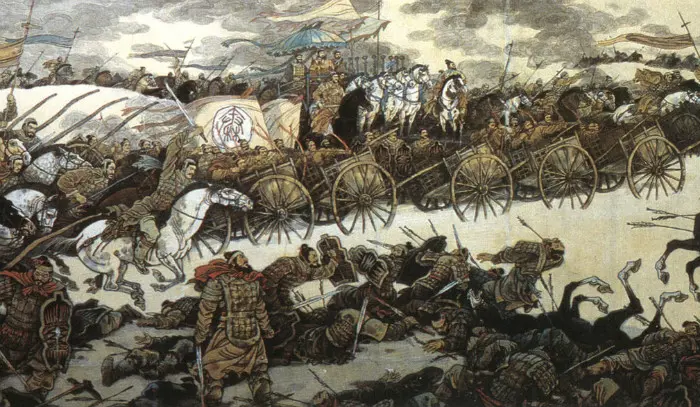
Kautilya emphasizes the importance of puras (fortified settlements) and durgas (forts) in warfare. He says: ‘For the acquisition of a fort brings about the protection of his own land and the repulsion of enemies and forest tribes.’253 Shitasatru, in the Arthasastra, is an enemy with a fort, and kalamitra is an enemy without a fort.254 For Kautilya, the former enemy is stronger than the latter. The characteristics of fortification were walls with towers.255 The fortifications of Patna during the Mauryan era were made of timber and earth.256 Kautilya warns against the use of wood in fortifications as wooden fortifications can easily be set fire by an enemy besieging force.257 As regards siege operations, Kautilya speaks of making surangas (tunnels). Kane points out that there was cultural intercourse by land between Babylon and Punjab from the third millennium BCE. Construction of surangas against enemy forts was a technique that the Indians learnt from the Babylonians and the Egyptians before the Greeks came to India under Alexander.258 Long before Alexander, there was contact between India and Persia. An Indian contingent comprised of infantry, chariots and cavalry accompanied Xerxes’ army when it invaded Greece.259 During the pre-Mauryan era, Indian mercenary soldiers from Punjab and the north-west frontier region accompanied Xerxes’ forces and took part in the battles of Thermopylae (480 BCE) and Plataea (479 BCE).260 Hence, it could be argued that while some Greek military traditions reached India by way of these mercenaries, some Indian military customs were also transmitted to Greece through these hired warriors.
(This article is a republished version of chapter 3 from the author’s work titled ‘Hinduism and the ethics of warfare in south Asia‘)
Disclaimer: The opinions expressed in this article are solely the author’s and do not neccessarily reflect the opinions or beliefs of the website and its affiliates.
Bibliography
187 Hui, War and State Formation in Ancient China and Early Modern Europe, pp. 18–19.
188 Sil, Kautilya’s Arthasastra, p. 9.
189 Kane, Ancient China on Postmodern War, p. 64.
190 William H. Mott IV and Jae Chang Kim, The Philosophy of Chinese Military Culture (Houndmills, Basingstoke: Macmillan, 2006), p. 18.
191 Ibid., pp. 8, 16–17.
192 Ibid., pp. 8–9.
193 Sun Tzu, Art of War, tr. with an Historical Introduction by Ralph D. Sawyer (Boulder, Colorado: Westview, 1994), p. 129.
194 Mott IV and Kim, Philosophy of Chinese Military Culture, p. 9.
195 Handel, Masters of War, p. 74
196 Art of War, tr. by Sawyer, p. 32.
197 Kane, Ancient China on Postmodern War, p. 124.
198 Mott IV and Kim, Philosophy of Chinese Military Culture, p. 10.
199 Ibid., pp. xi, 11–12, 15, 34, 43–4.
200 Kane, Ancient China on Postmodern War, p. 134
201 Isabelle Duyvesteyn, Clausewitz and African War: Politics and Strategy in Liberia and Somalia (Oxon: Routledge, 2005). See especially pp. 1–2.
202 Mott IV and Kim, Philosophy of Chinese Military Culture, pp. 11, 15, 18, 33.
203 Hui, War and State Formation in Ancient China and Early Modern Europe, p. 19.
204 Handel, Masters of War, p. 63.
205 Mott IV and Kim, Philosophy of Chinese Military Culture, pp. 10–11, 26.
206 Art of War, tr. by Sawyer, p. 142.
207 Handel, Masters of War, p. 31.
208 Kane, History of Dharmasastra, vol. 1, Part 1, p. 201.
209 Mott IV and Kim, Philosophy of Chinese Military Culture, p. 41.
210 Tsakiris, ‘Thucydides and Strategy’, p. 177.
211 Handel, Masters of War, p. 19.
212 Kane, Ancient China on Postmodern War, pp. 25, 123.
213 Handel, Masters of War, p. 96.
214 Sun Tzu II, The Lost Art of War, tr. with Commentary by Thomas Cleary (San Francisco: HarperCollins, 1996), p. 21.
215 Surya P. Subedi, ‘The Concept in Hinduism of “Just War”’, Journal of Conflict & Security Law, vol. 8, no. 2 (2003), p. 353.
216 The Lost Art of War, tr. by Cleary, pp. 42–3.
217 Art of War, tr. by Sawyer, p. 177.
218 Kane, Ancient China on Postmodern War, pp. 13–14.
219 Art of War, tr. by Sawyer, p. 168.
220 Handel, Masters of War, p. 121.
221 The Lost Art of War, tr. by Cleary, p. 29.
222 Handel, Masters of War, pp. 90, 124.
223 Art of War, tr. by Sawyer, p. 179.
224 Ibid., pp. 136–7.
225 Kane, Ancient China on Postmodern War, p. 147.
226 The Lost Art of War, tr. by Cleary, p. 43.
227 Kane, Ancient China on Postmodern War, p. 139.
228 Mott IV and Kim, Philosophy of Chinese Military Culture, p. 50.
229 Subedi, ‘Concept in Hinduism of “Just War”’, p. 352.
230 Zaman, ‘Kautilya’, p. 238.
231 KA, Part II, by Kangle, p. 4.
232 KA, Part III, by Kangle, pp. 136–7.
233 KA, Part II, by Kangle, p. 342.
234 Handel, Masters of War, pp. 42–3.
235 KA, Part II, by Kangle, p. 337.
236 Kosambi, Culture and Civilization of Ancient India, p. 142.
237 The Lost Art of War, tr. by Cleary, p. 35.
238 Mital, Kautilya Arthasastra Revisited, pp. 40–1.
239 KA, Part II, by Kangle, p. 22.
240 Srivastava, Ancient Indian Army, p. 101.
241 KA, Part II, by Kangle, p. 25.
242 J. S. Negi, ‘Craft, Fraud and Secret Violence in the Arthasastra of Kautilya’, in Negi, Indological Studies, vol. 1, pp. 37–8.
243 Kane, Ancient China on Postmodern War, pp. 40, 63.
244 Chakravarti, Art of War in Ancient India, p. 87.
245 Quoted from Kosambi, Culture and Civilization of Ancient India, p. 154.
246 Mital, Kautilya Arthasastra Revisited, pp. 32–3.
247 Kane, History of Dharmasastra, vol. 1, Part 1, p. 155.
248 Bhat, ‘Means to Fill the Treasury during a Financial Crisis’, p. 149.
249 KA, Part II, by Kangle, p. 9.
250 Kane, Ancient China on Postmodern War, p. 38.
251 KA, Part III, by Kangle, pp. 53, 128.
252 Kane, Ancient China on Postmodern War, pp. 61, 149.
253 KA, Part II, by Kangle, p. 353.
254 Ibid., p. 353.
255 Srivastava, Ancient Indian Army, p. 60
256 Kosambi, Culture and Civilization of Ancient India, p. 160.
257 KA, Part III, by Kangle, p. 66.
258 Kane, History of Dharmasastra, vol. 1, Part 1, pp. 220–1.
259 KA, Part III, by Kangle, p. 75.
260 Majumdar, Military System in Ancient India, pp. 46–9
